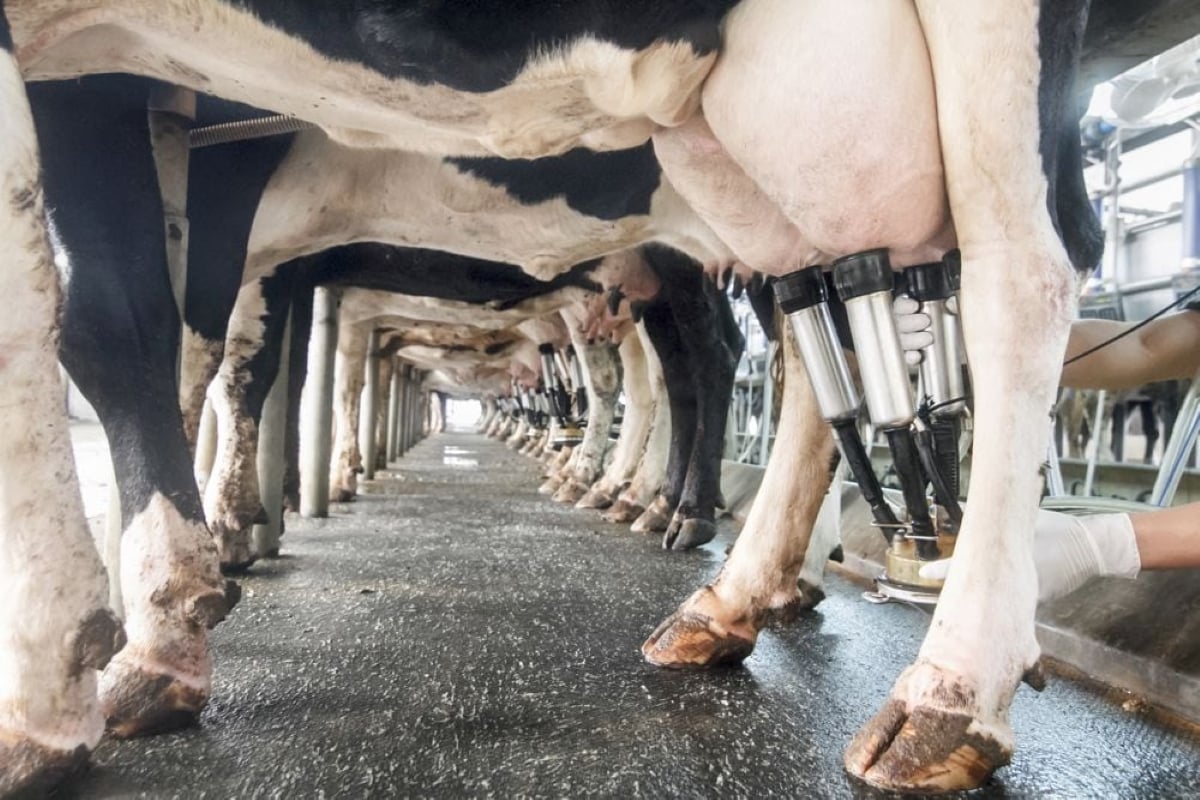Scientists have taken another significant step toward producing a complete map of the complex bread wheat genome.
The project is expected to shed new light on the genetic resources contained in one of the world’s most widely grown crops.
The International Wheat Genome Sequencing Consortium (IWGSC) announced Jan. 6 that a “whole genome assembly” of bread wheat has been developed.
The assembly, akin to a genetic road map, is an ordered genetic sequence that covers 90 to 95 percent of the bread wheat genome.
Researchers involved in the project, including two internationally recognized experts from Saskatoon, are examining the assembly to assess its integrity and determine if significant segments are missing.
Read Also

Farm gate milk price to rise in 2026
The Canadian Dairy Commission will raise its farm gate milk price by 2.3255 per cent in February, the Crown corporation announced on Friday.
The assembly will likely be made public in April, allowing wheat researchers to begin a closer assessment of the genetic resources it contains.
The wheat genome is believed to contain 17 billion base chemical pairings, and one base pairing constitutes a single rung on the DNA ladder.
“This new wheat genome sequence is an important contribution to understanding the genetic blueprint of one of the world’s most important crops,” said Curtis Pozniak, a plant scientist with the University of Saskatchewan’s Crop Development Centre, who co-led the assembly project.
“It will provide wheat researchers with an exciting new resource to identify the most influential genes for wheat adaptation, stress response, pest resistance and improved yield.”
International efforts to map the wheat genome began nearly a decade ago and involved scientists in several countries.
The sequencing initiative includes scientists from Canada, Israel, France, Germany and the United States.
The whole genome assembly was originally expected to be done by 2018 or 2019, but it took a new turn when scientists, including Pozniak and Andrew Sharpe from the Global Institute for Food Security in Saskatoon, determined that new computer software and bioinformatics tools could expedite the process.
Under the new approach, a nearly complete genome assembly will likely be made available later this year.
“The computational tools developed by (our partners) … combined with the sequencing expertise of IWGSC has generated a version of the wheat genome sequence that is better ordered than anything we have seen to date,” said Pozniak.
Segments of the genome road map will eventually enable researchers to identify areas of the genome associated with important plant traits, which is expected to improve precision in the breeding process.
More specifically, the map will allow plant breeders to develop new and improved wheat varieties with greater speed and accuracy, targeting specific genes related to end-use quality and agronomic performance.
However, the whole genome assembly is just the first step in an ongoing process, he added.
There is still work to do to define the function of each of the genetic pieces in the genome, which Pozniak said will allow breeders to “identify the very best genes in the gene pool.”
Kellye Eversole, executive director of the consortium, called the preliminary genome assembly impressive.
“The assembly comes exactly at the right time because it can be integrated with the IWGSC chromosome specific resources developed over the past 10 years to deliver a high quality reference sequence for the wheat genome in less than two years.”
He said the whole genome assembly data will now be integrated with physical-map based sequence data to produce an ordered sequence for each wheat chromosome. It will precisely locate genes, regulatory elements and markers along the chromosomes and provide tools for wheat breeders.
It is estimated that global wheat productivity will need to increase by 1.6 percent a year for the next 35 years to meet future caloric demands.
Contact brian.cross@producer.com














